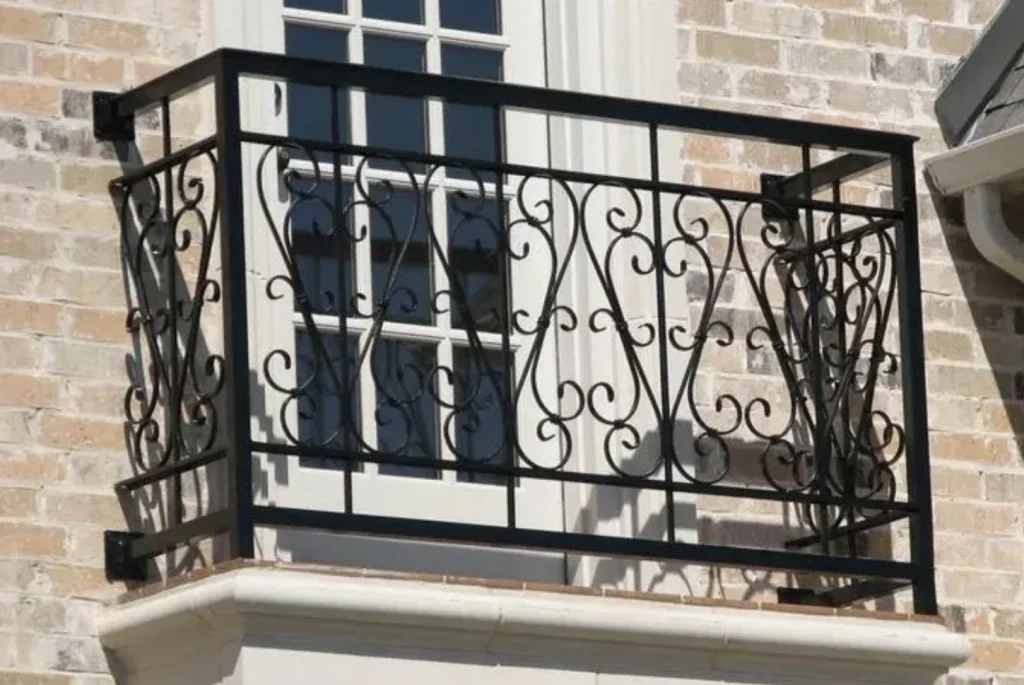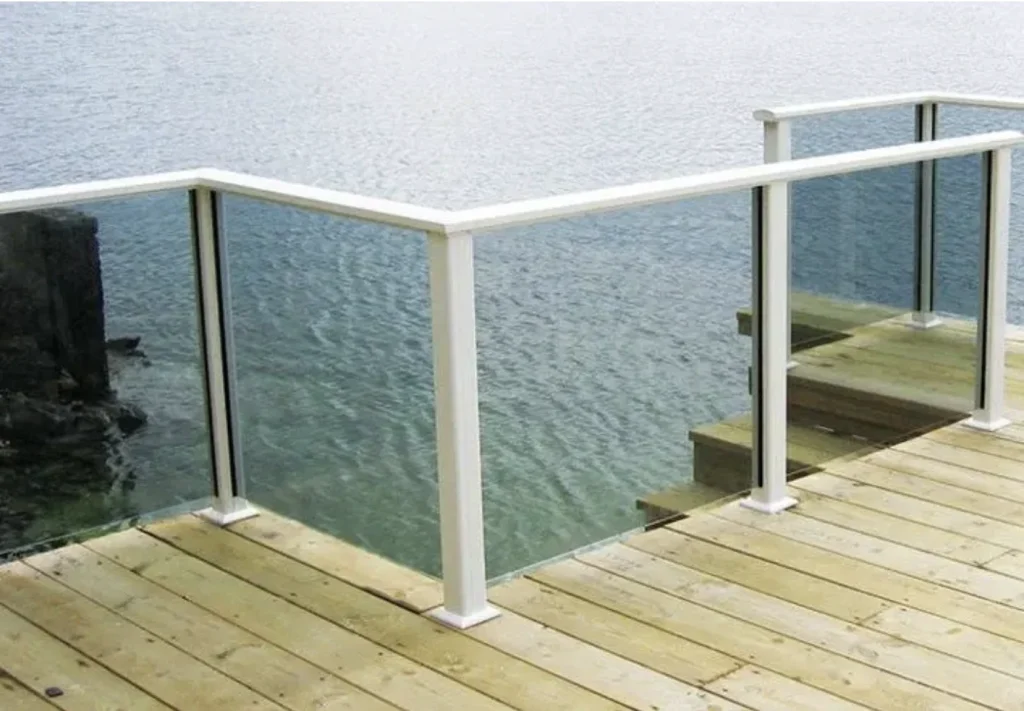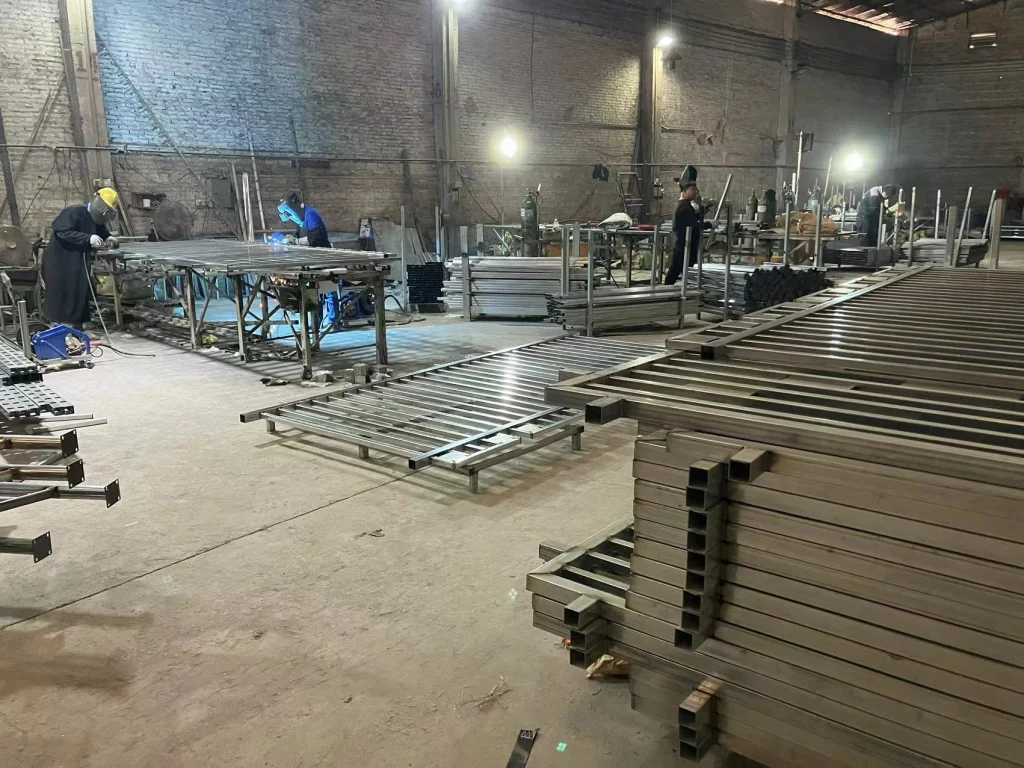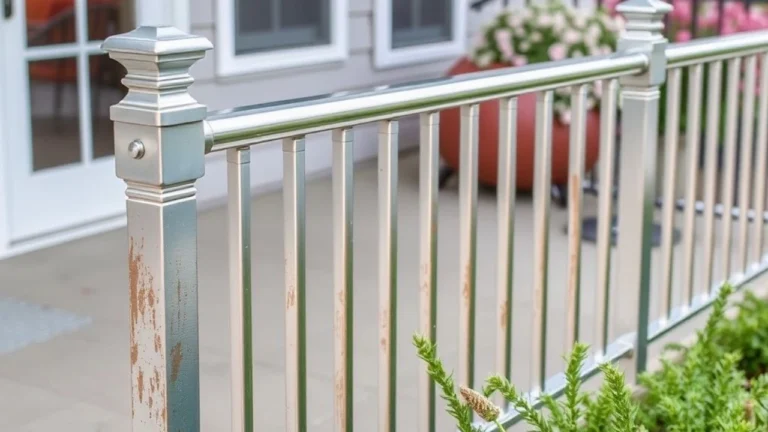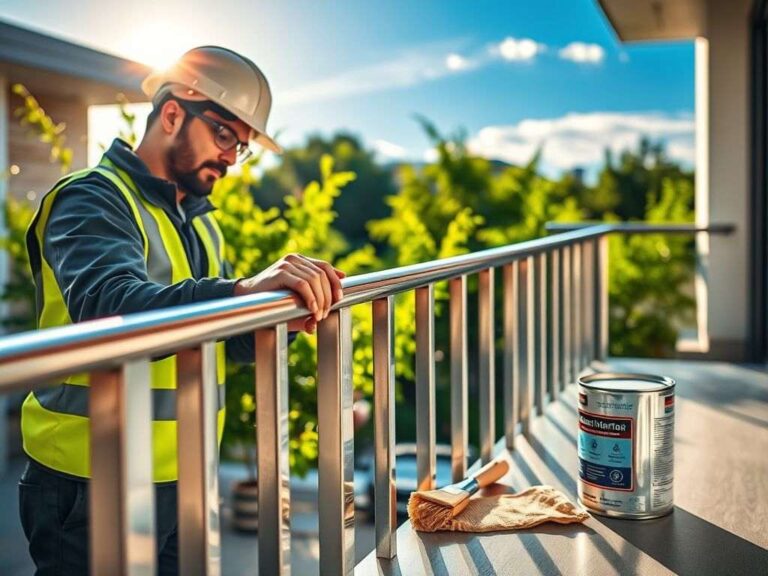Steel vs Aluminum Railing: Which is Best for Your Home?

Metal railings improve your outdoor space and boost curb appeal. They look great and add safety to your home.
Choosing the right railing material is crucial. You need to compare aluminum and steel based on durability, cost, maintenance, strength, and design.
This blog will detail the differences between steel and aluminum railings. It will also guide you in selecting the perfect aluminum railing for your home.
Related products: Aluminum deck railings
Durability & Strength Comparison
Steel
Steel is strong and sturdy. It supports a lot of weight, making it great for busy decks. Its rigidity adds safety on big decks or high platforms.
However, steel can rust and corrode, especially in salty or humid places. Treated steel resists rust but needs more maintenance than aluminum.
Aluminum
Aluminum resists rust and corrosion, ideal for outdoor use in harsh conditions. It stays durable in wet environments and won’t warp with temperature changes.
While strong, aluminum isn’t as tough as steel. It’s not best for heavy-duty support like dock railings.
Aluminum is also great at resisting UV damage. It keeps its shine and color over time, even in the sun. At Hugh Aluminum, we apply a powder coat to all aluminum railings. This coat adds protection against rust and helps the railing maintain its color.
Steel is strong but needs more care due to rust. Aluminum withstands nature better and needs less upkeep but offers less strength. Pick what suits your needs.
Comparing the Maintenance of Aluminum & Steel Railings
Aluminum Railings
Homeowners prefer aluminum railings for their low maintenance. A simple wipe with a rag keeps them looking new. Aluminum doesn’t rust like steel. Its oxide layer protects it from corrosion. Anodized or powder-coated finishes make it even more durable.
Aluminum can change with the weather. It expands in heat and contracts in cold. In cold places like Canada or Russia, check your railings in winter. Tighten screws or add rubber for stability.
Steel Railings
Steel railings need more maintenance. They rust easily and need regular care. Galvanizing or powder coating helps, but it’s expensive. Scratches can expose steel to moisture, causing more rust.
Aluminum railings are easy to maintain and resist rust but need attention in the cold. Steel railings need more care but are strong. Choose based on your climate and maintenance preference.
Aesthetic Flexibility & Design Options Comparison
Aluminum Railing
Aluminum railings offer many design possibilities. They are lightweight and easy to shape. You can create modern lines or traditional patterns.
Aluminum comes in powder-coated finishes, adding color and texture. These coatings also enhance durability. Whether you want matte black, glossy white, or wood-look finishes, aluminum can match your style.
Steel Railing
Steel railings also offer design versatility. Wrought iron, a type of steel, is popular for detailed, ornamental designs. It is great for scrolls, finials, and artistic touches. The rigidity of steel allows intricate detailing.
However, steel tends to look more industrial or traditional. It may not fit modern or minimalist designs like aluminum. Custom steel railings can also be pricier due to labor-intensive fabrication.
Cost-effective: Aluminum Railing vs. Steel Railing
Aluminum Railing
Aluminum railings are typically cheaper over their lifespan. The initial cost is often lower than steel. Plus, less maintenance means more savings over time.
For example, aluminum might cost more than basic steel at first. But, you avoid rust treatments and repainting. In the long run, aluminum is more cost-effective.
Steel Railing
Steel railings, especially custom ones, can be expensive. Costs depend on the type of steel (carbon or stainless) and the design. Basic steel may cost about the same as aluminum. However, maintenance and repairs can add up over time.
Stainless steel resists rust and looks great but is pricey. If you need strong, durable railings, steel might be worth the cost, despite the expense.
Cost Comparison Table
| Cost Factor | Aluminum Railing | Steel Railing |
|---|---|---|
| Material Cost | $60-$130 (depending on finish) | $30-$100 (carbon vs. stainless) |
| Installation Cost | $10-$25 (easier installation) | $20-$40 (requires specialized tools) |
| Maintenance Cost | $30-$100 (minimal maintenance) | $250-$500 (rust protection, repainting) |
| Average Lifespan | 20-50 years | 10-20 years (with good maintenance) |
| Total Cost (10 years) | $150-$240 (per linear foot) | $200-$500 (per linear foot) |
| Additional Costs | Custom finishes add 10-20% | Custom designs add 20-30% |
| ROI | High (low maintenance, modern look) | Low (high maintenance cost, shorter lifespan) |
Choose aluminum for long-term savings. It’s like a reliable friend who never needs much. Steel can work if you need strength, but expect higher maintenance—like a luxury car that needs regular care.
Environmental Impact & Recyclability Comparison
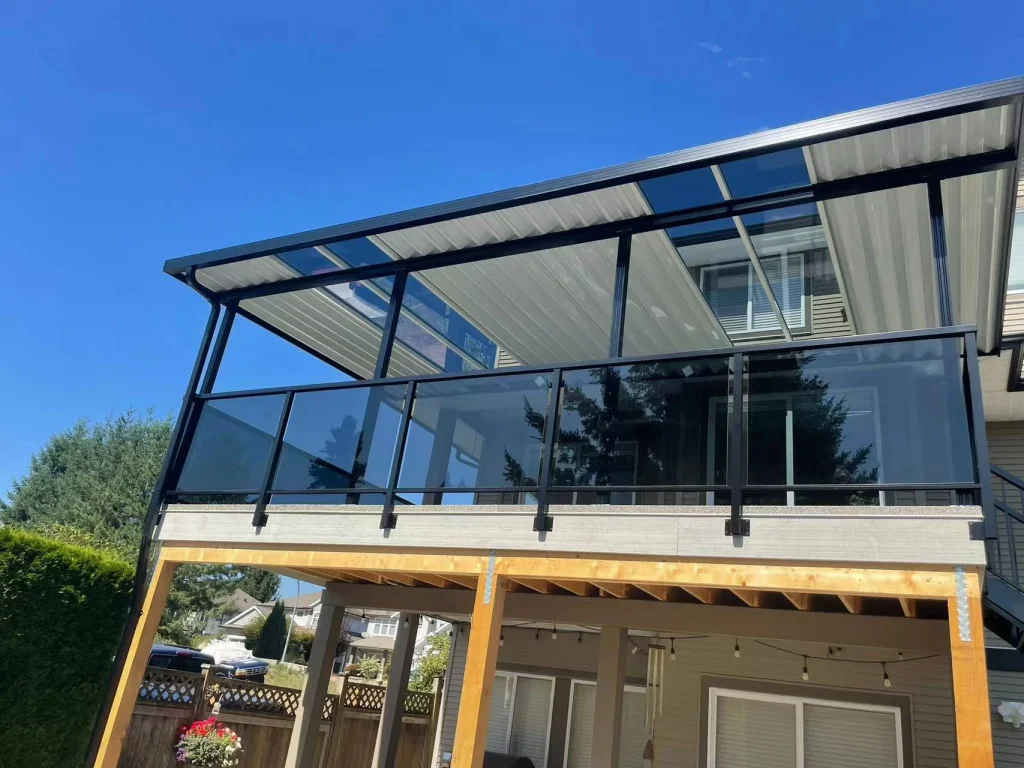
Aluminum Railing
Aluminum is highly recyclable. About 75% of all aluminum ever produced is still in use today. It can be recycled many times without losing quality. Recycling aluminum uses only 5% of the energy needed to make new aluminum from raw materials. This makes it an eco-friendly option.
Aluminum is lightweight. This reduces transportation costs and emissions. It’s good for your budget and the planet.
Steel Railing
Steel is also recyclable. Most new steel products contain recycled material. However, producing steel uses a lot of energy, especially stainless steel, which needs extra resources. This increases its carbon footprint and energy use compared to aluminum.
Steel is strong and durable but has a larger environmental impact. It’s a trade-off between toughness and its environmental cost.
Aluminum vs. Steel Railing for Coastal Environments
Aluminum railings excel by the beach. They form a natural oxide layer that prevents corrosion. This makes them rust-resistant in salty, humid air. Plus, aluminum is light and easy to install. Over time, they need little maintenance, saving you money.
Steel railings face challenges near the coast. Standard carbon steel rusts easily. Stainless steel, like grade 316, resists corrosion better but can still suffer from pitting. Regular cleaning is a must, which adds to maintenance costs.
Which Railing is Best for Your Project?
Choosing between steel and aluminum railings can sometimes be tricky. Let’s make it simple.
Aluminum Railings
For modern designs and many finish options, aluminum railings offer more flexibility.
They are great for homes or light commercial projects. Aluminum railings resist rust, need little upkeep, and come in many designs. They are light but strong, providing a good balance. Plus, they save you money in the long run because they don’t need much maintenance.
Steel Railings
If your project needs strength and durability, steel is the better choice. Think about industrial areas, busy places, or spots where the railing will face heavy use. Steel railings, especially wrought iron, are the heavy-duty option. They cost more upfront and need more maintenance, but their strength and traditional look are unmatched.
Make the Choice
For outdoor installations or easy, low-maintenance options, choose aluminum. For strong, heavy-duty needs or detailed designs, pick steel.
At Hugh Aluminum, we create high-quality aluminum railings that increase home value.
Read more: Types and Properties of Aluminum Railings Complete Guide


